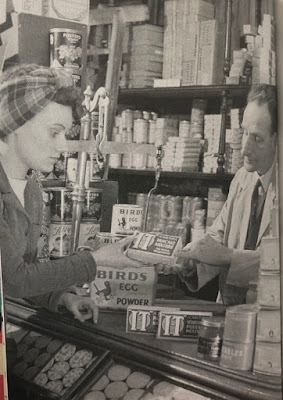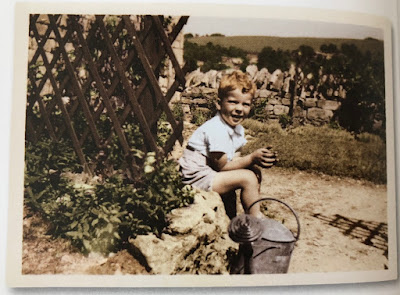The Reality of the War-time Kitchen
This post is set to introduce you to the realities of the war-time kitchen!
Britain
relied heavily on imports of raw materials, produce and other supplies being
shipped in from outside the country. Without imports during the Second World
War, Britain had to devise a plan to sustain the stomachs of its people,
without the supplies from other countries. As, I have suggested in previous
posts the British people were encouraged to cultivate land for food production,
promoting self-sufficiency. However, self-sufficiency was also promoted in the
kitchen.
 |
| Fig. 1:Victory in the Kitchen: Wartime Recipes, p.6 |
The Ministry
of Food’s duty was to encourage self-sufficiency and create and devise recipes
for the kitchen that could make the most of the limited supplies people had.
The Ministry of Food also, championed healthy eating and a good diet,
encouraging the consumption of vegetables.
They were
heavily concerned with overconsumption and the prevention of excess food. The
cleaning up of dishes after meals was also an issue touched upon. People were encouraged
to limit washing up time, in order to save fuel and energy. The war period was
a time of discipline, compromise and self-preservation.
Image cited:
Fig. 1: Museum, Imperial War. Victory in the Kitchen: Wartime Recipes. London: IWM, 2016. Print.
Image cited:
Fig. 1: Museum, Imperial War. Victory in the Kitchen: Wartime Recipes. London: IWM, 2016. Print.


Comments
Post a Comment